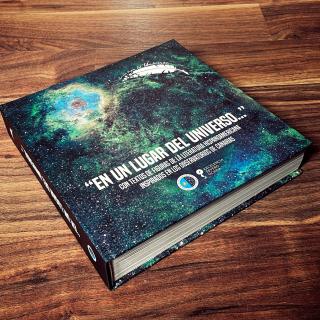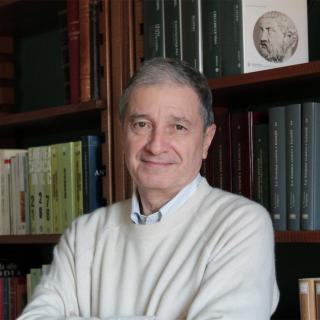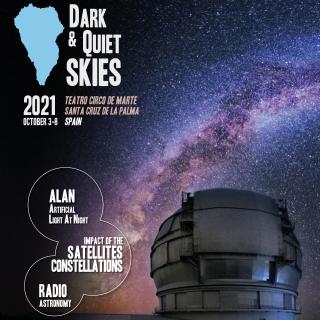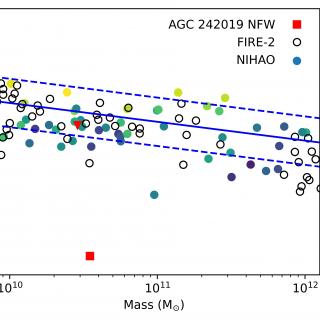
According to Einstein’s theory of general relativity gravity affects light as well as matter. One consequence of this theory, based on the Principle of Equivalence, is that the light which escapes from a region with a strong gravitational field loses energy on its way, so that it becomes redder, a phenomenon known as the gravitational redshift. Quantifying this gives a fundamental test of Einstein’s theory of gravitation. Until now this test had been performed only on bodies in the nearby universe, but thanks to the use of a new experimental procedure scientists at the Instituto de
Advertised on




